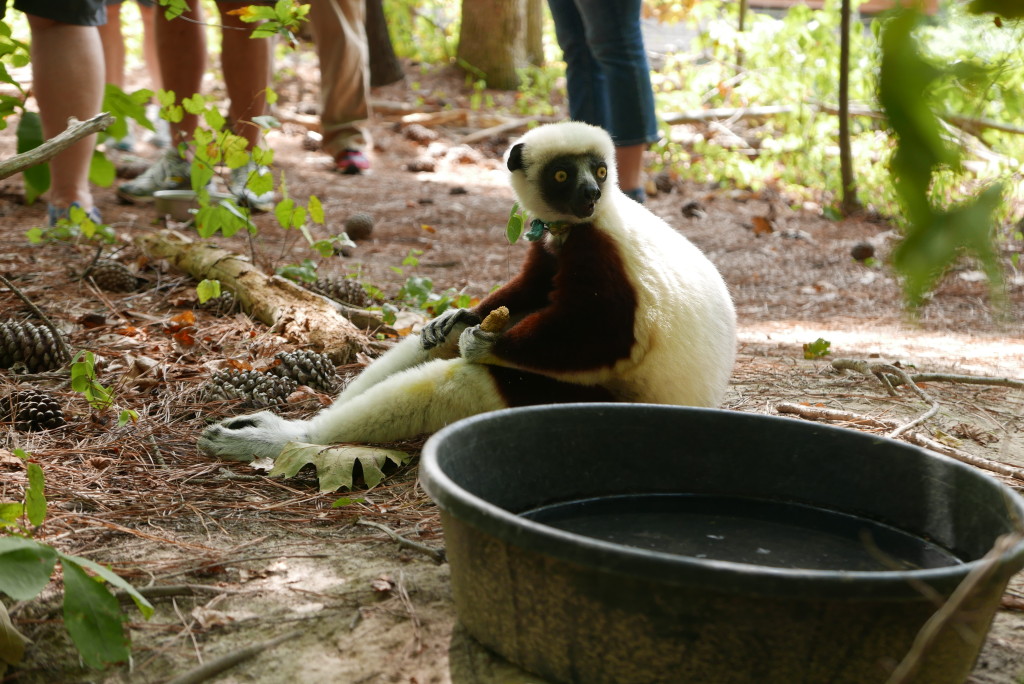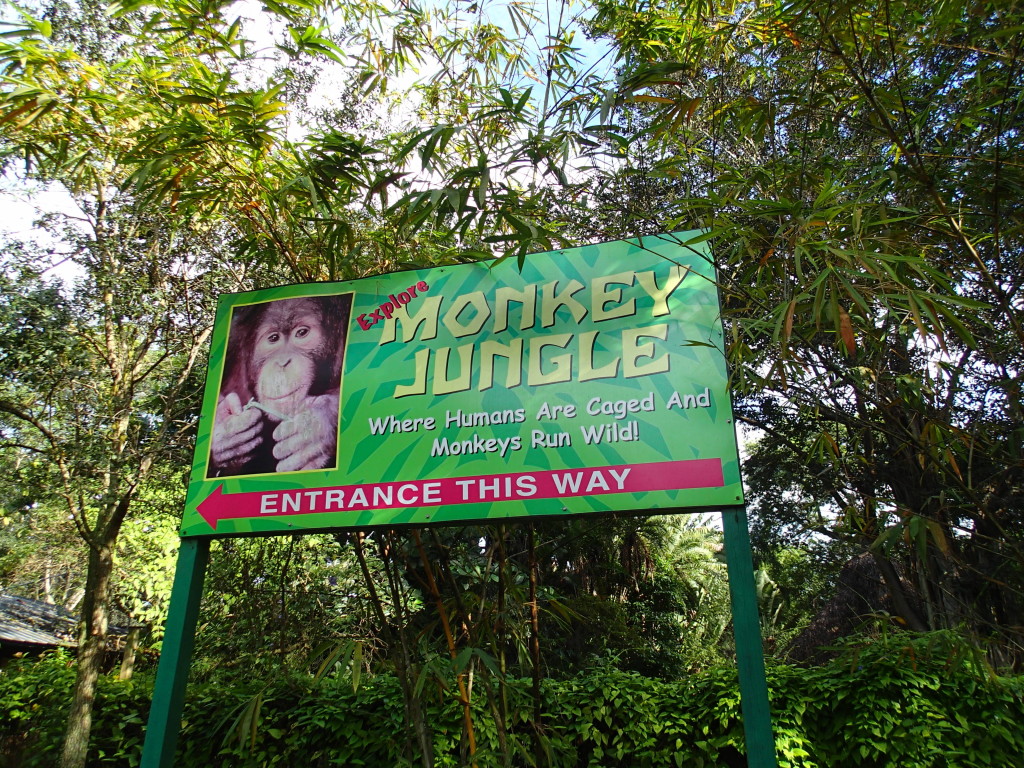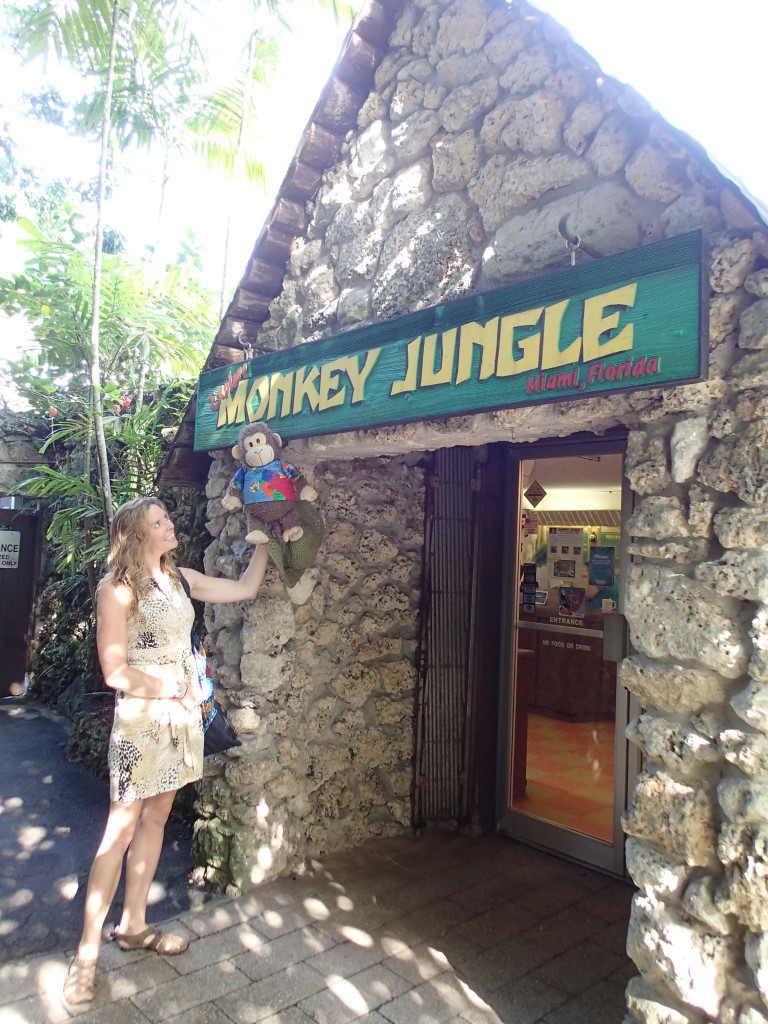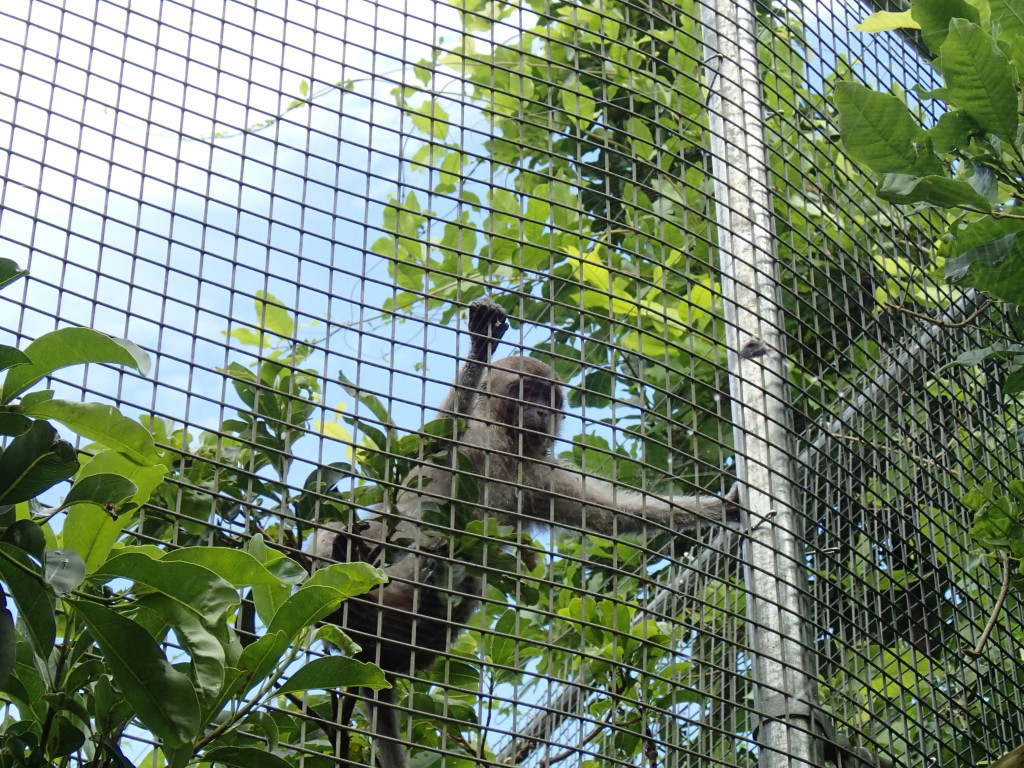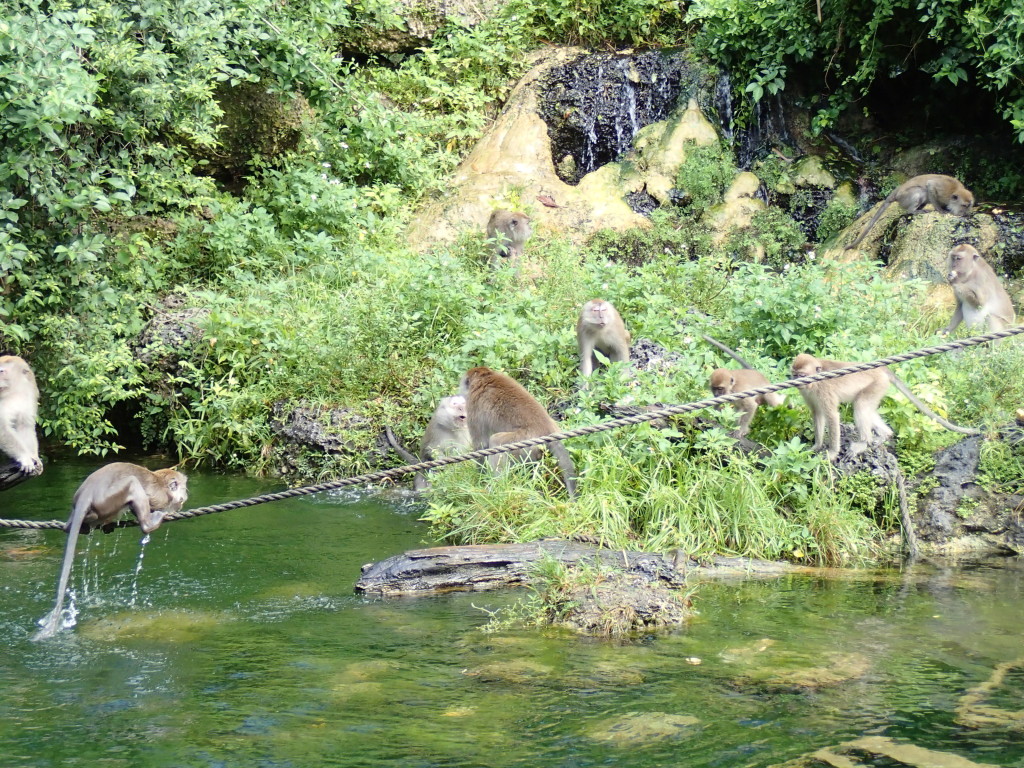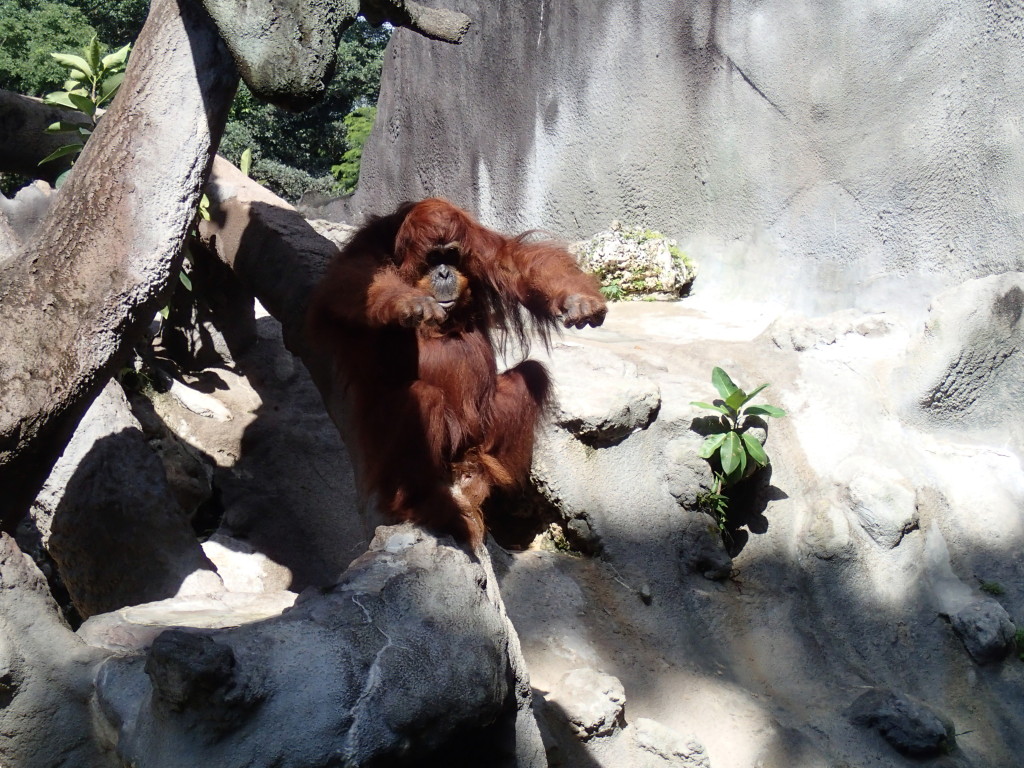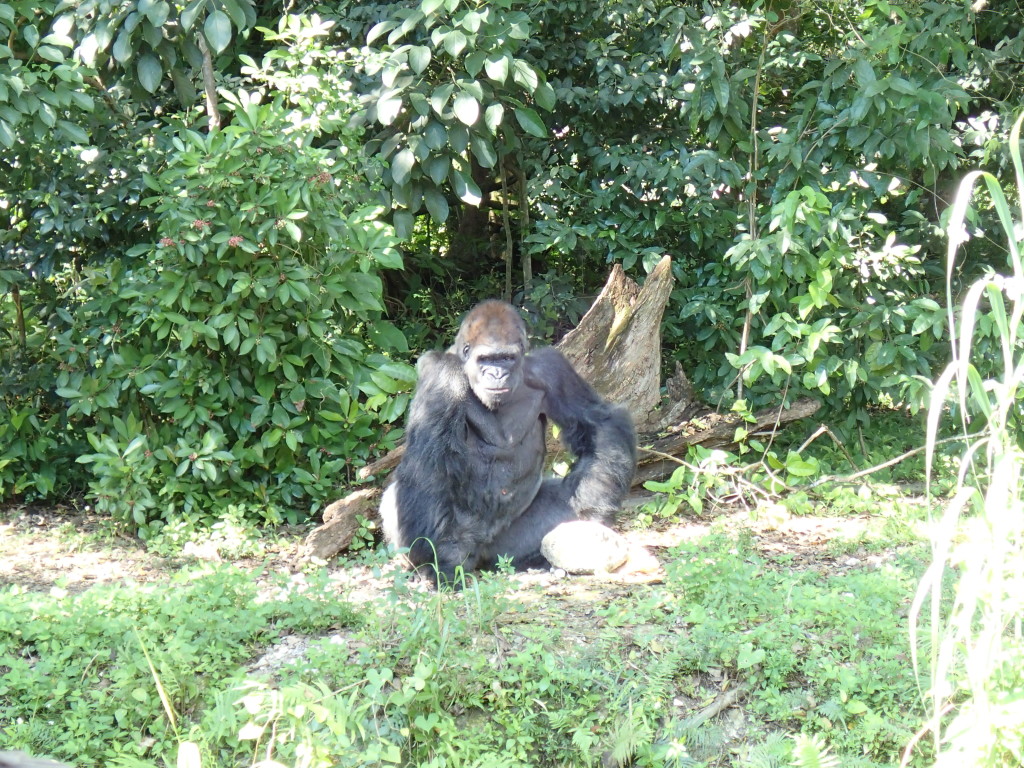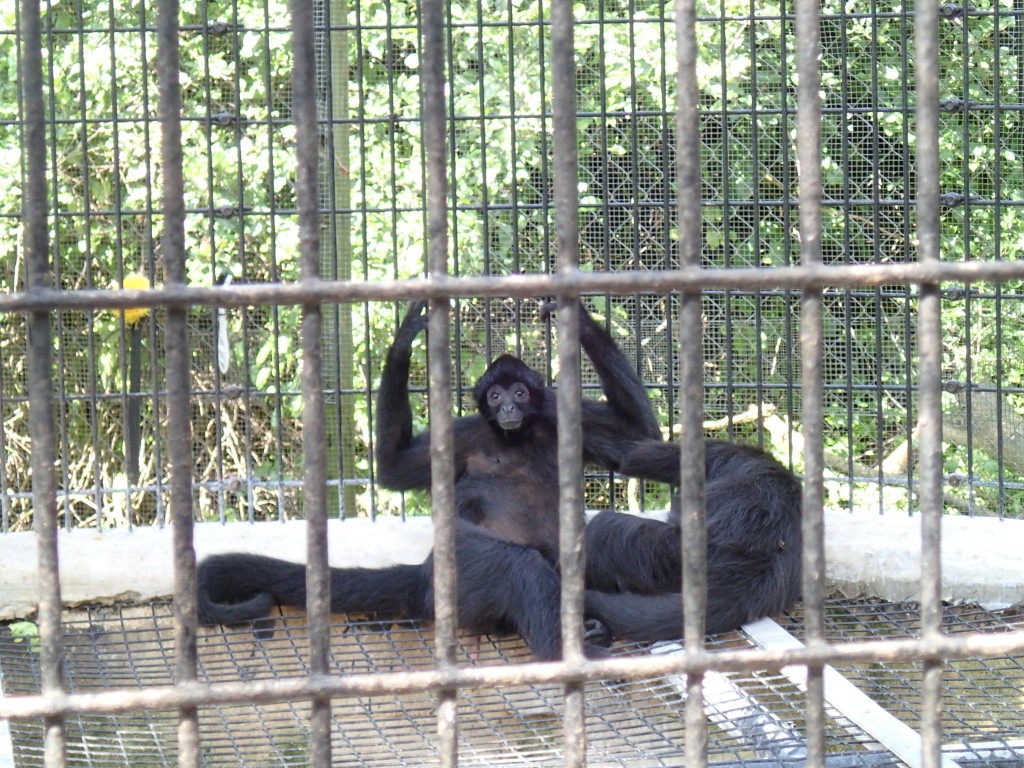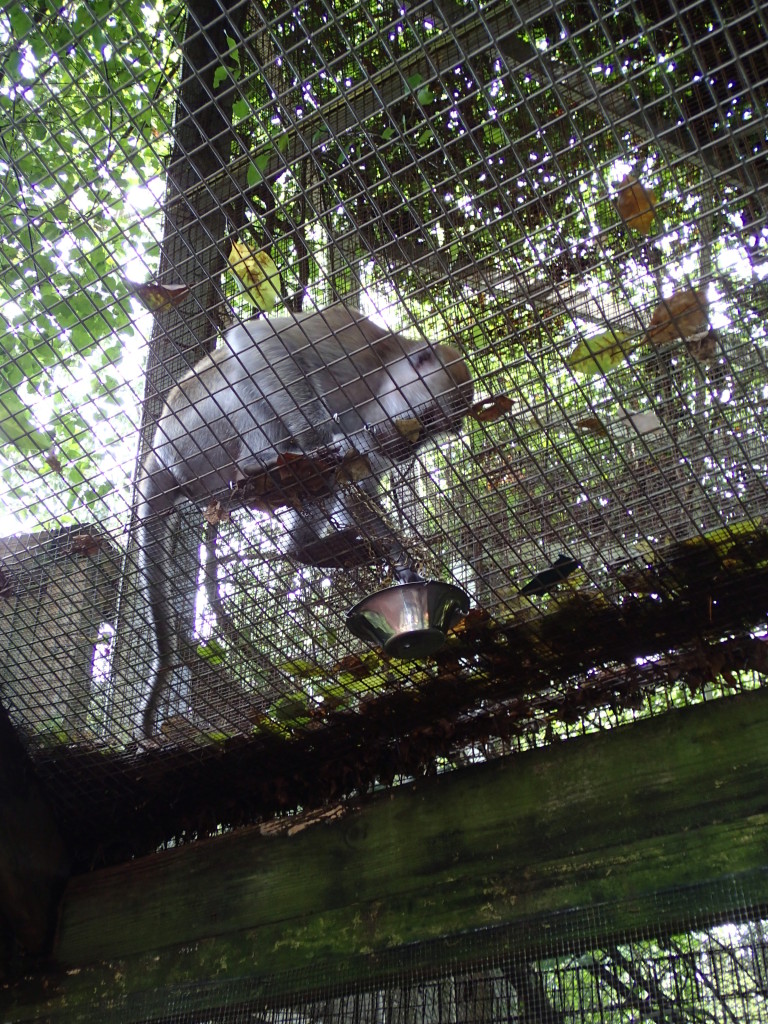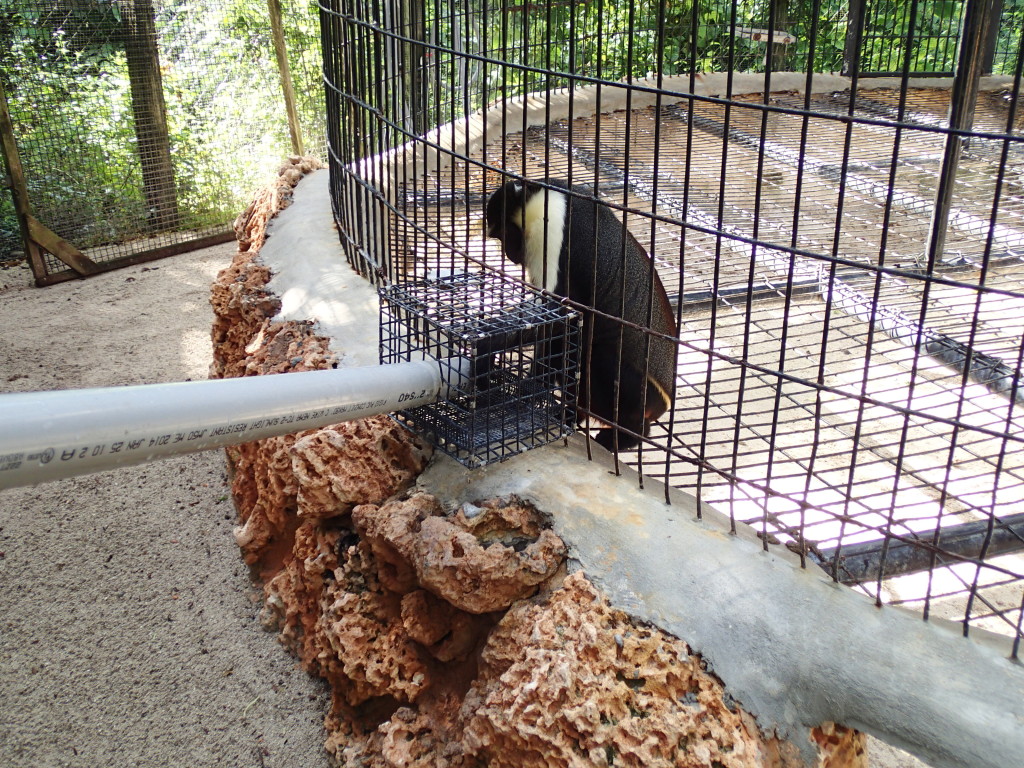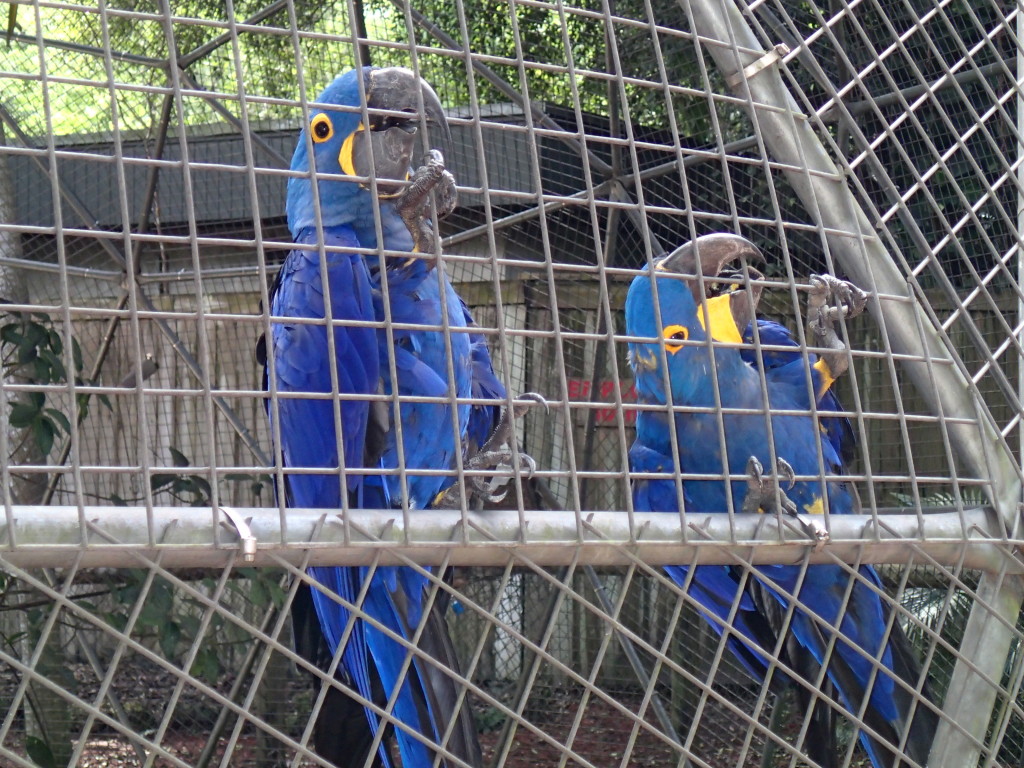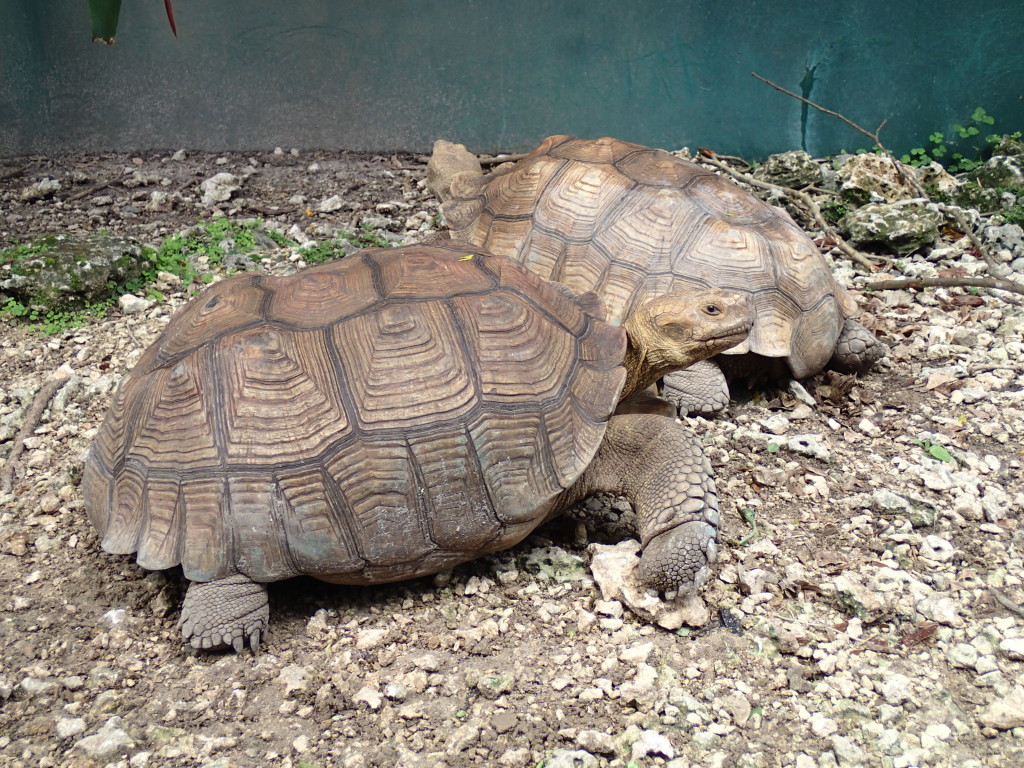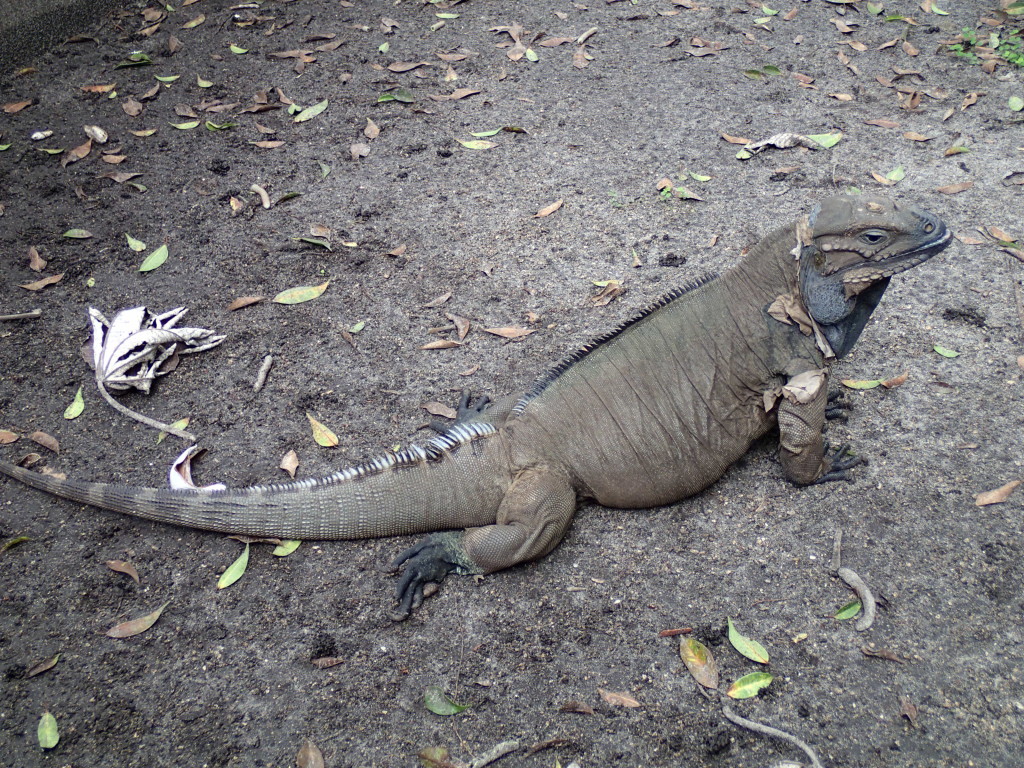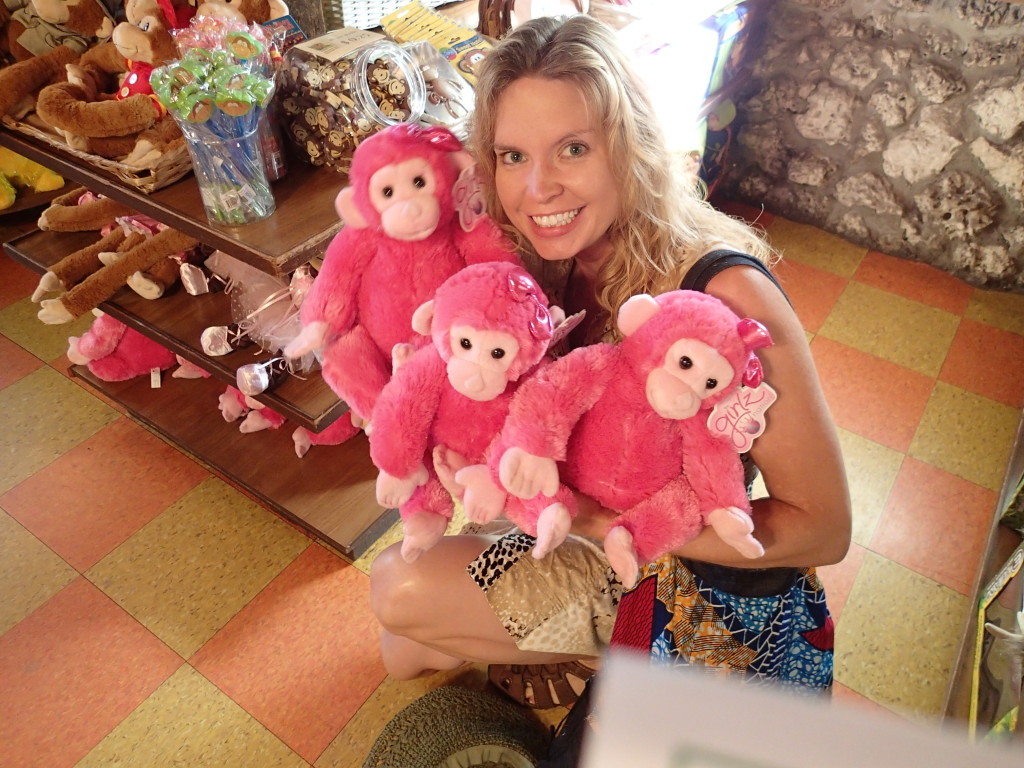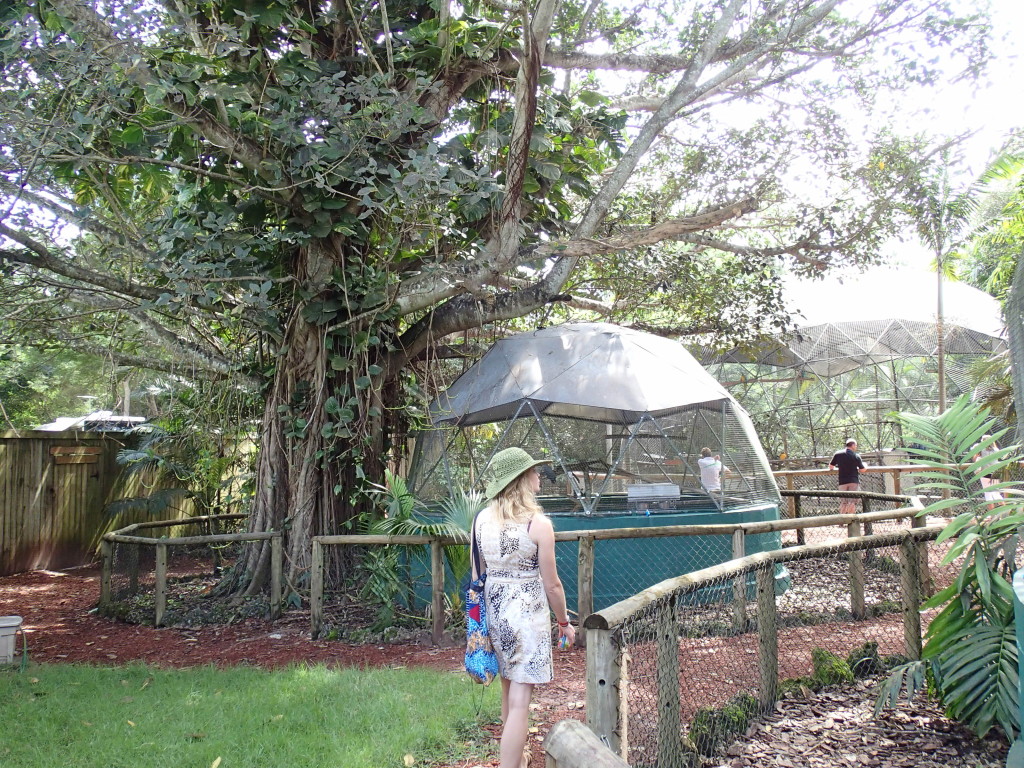I think I first learned about a community of lemurs living in North Carolina a few years ago while googling “monkey things” as a work distraction. Lemurs are the most threatened group of mammals in the world, and the Duke Lemur Center is home to the largest and most diverse group of the little critters outside of Madagascar.
The center was founded on 80 wooded acres a couple miles from the Duke University campus, and today it houses nearly 250 primates across 21 species. This is all part of a non-invasive/no-harm research and conservation program that’s a pretty big deal in the lemur world.
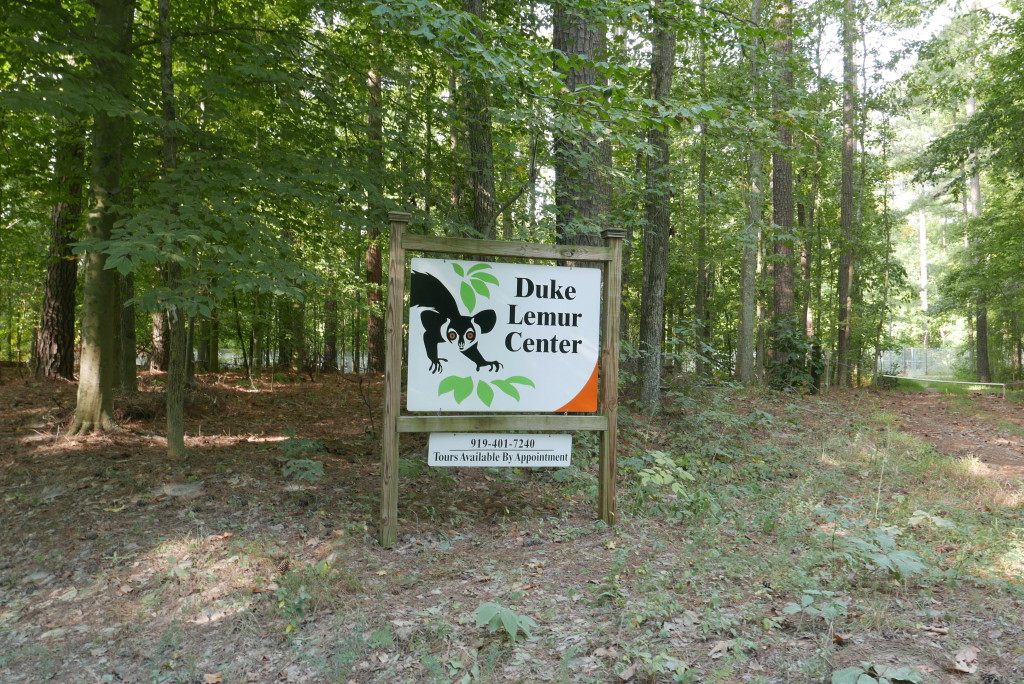 Unlike some primate sanctuaries, this one is open to the public if you take a guided tour. There are several tour options available, including the most basic “Lemurs Live!” tour, Behind the Scenes tour, Walking with Lemurs tour, Painting with Lemurs tour, and the Lemur Keeper for a Day experience (that one sounds awesome but costs $350 per person).
Unlike some primate sanctuaries, this one is open to the public if you take a guided tour. There are several tour options available, including the most basic “Lemurs Live!” tour, Behind the Scenes tour, Walking with Lemurs tour, Painting with Lemurs tour, and the Lemur Keeper for a Day experience (that one sounds awesome but costs $350 per person).
On a Saturday morning in late August, we checked in at the visitor’s center and browsed around the little gift shop for souvenirs. A lemur shot glass seemed like a necessary addition to the bar collection back home.
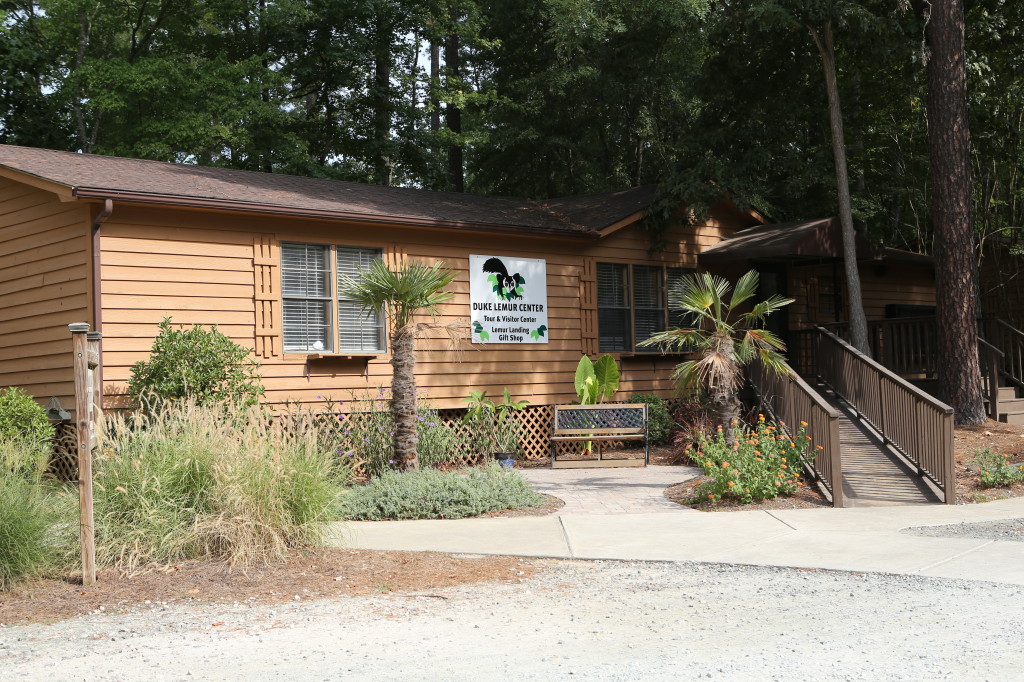 The Walking with Lemurs tour sounded pretty sweet, so that’s the we did. It’s offered between May 1 and October 26, starts at 10:30 am, and lasts 60 minutes. This one costs $95 per person, but tour fees do go towards the care of the lemurs.
The Walking with Lemurs tour sounded pretty sweet, so that’s the we did. It’s offered between May 1 and October 26, starts at 10:30 am, and lasts 60 minutes. This one costs $95 per person, but tour fees do go towards the care of the lemurs.
To get started, we walked out with our guide and a small group to a wooded area to witness feeding time first-hand.
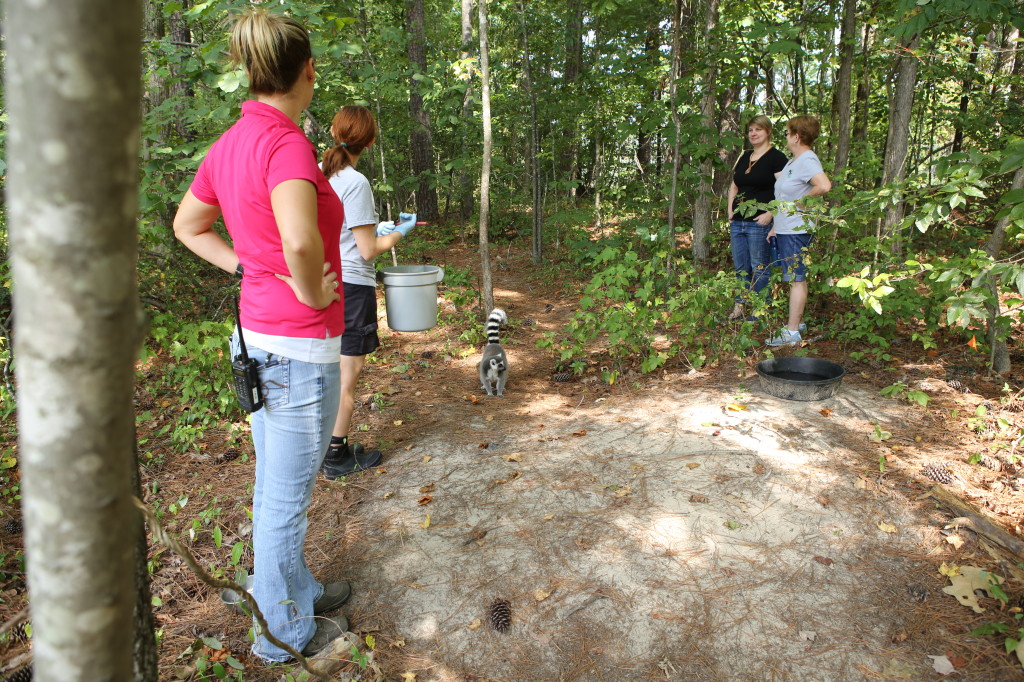 It didn’t take long for the lemurs to hear their dinner bell and come running!
It didn’t take long for the lemurs to hear their dinner bell and come running!
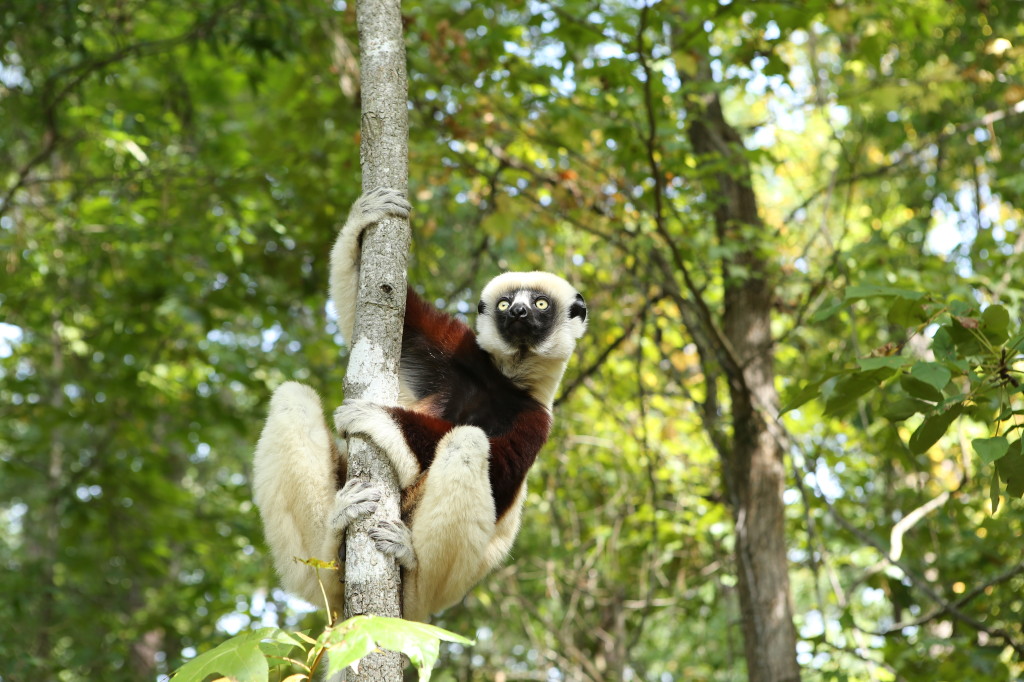 There were two kinds of lemurs in the area that we walked in: coquerel’s sifakas and the ring-tailed Lemurs.
There were two kinds of lemurs in the area that we walked in: coquerel’s sifakas and the ring-tailed Lemurs.
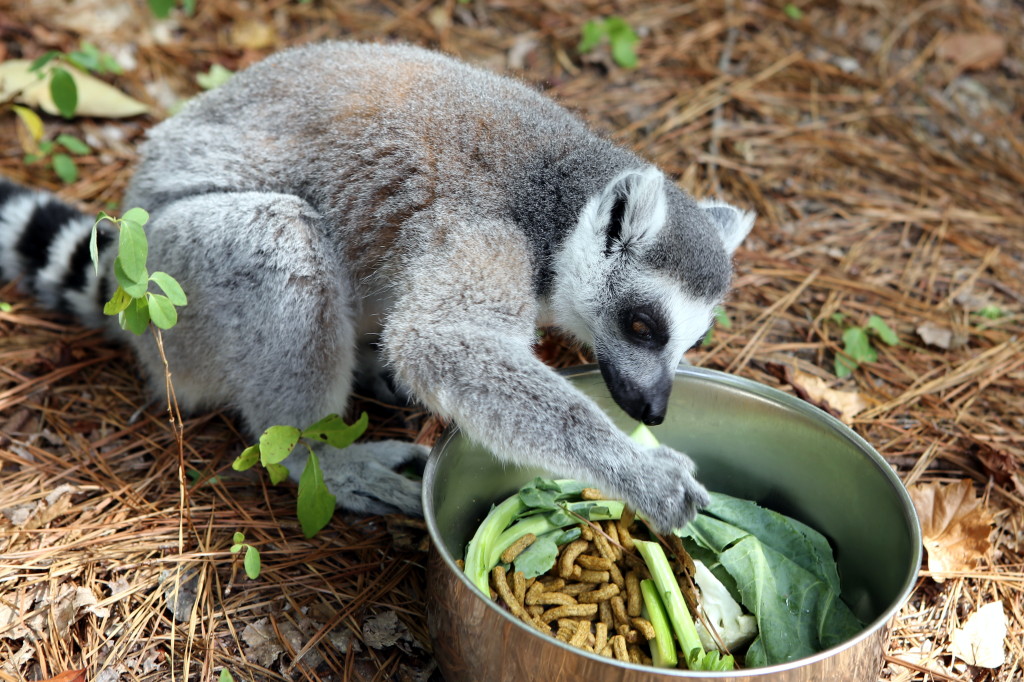 Their breakfast looks like a vegetarian’s delight (sign me up for this detox plan), and they neatly picked through the serving bowls to fill their bellies.
Their breakfast looks like a vegetarian’s delight (sign me up for this detox plan), and they neatly picked through the serving bowls to fill their bellies.
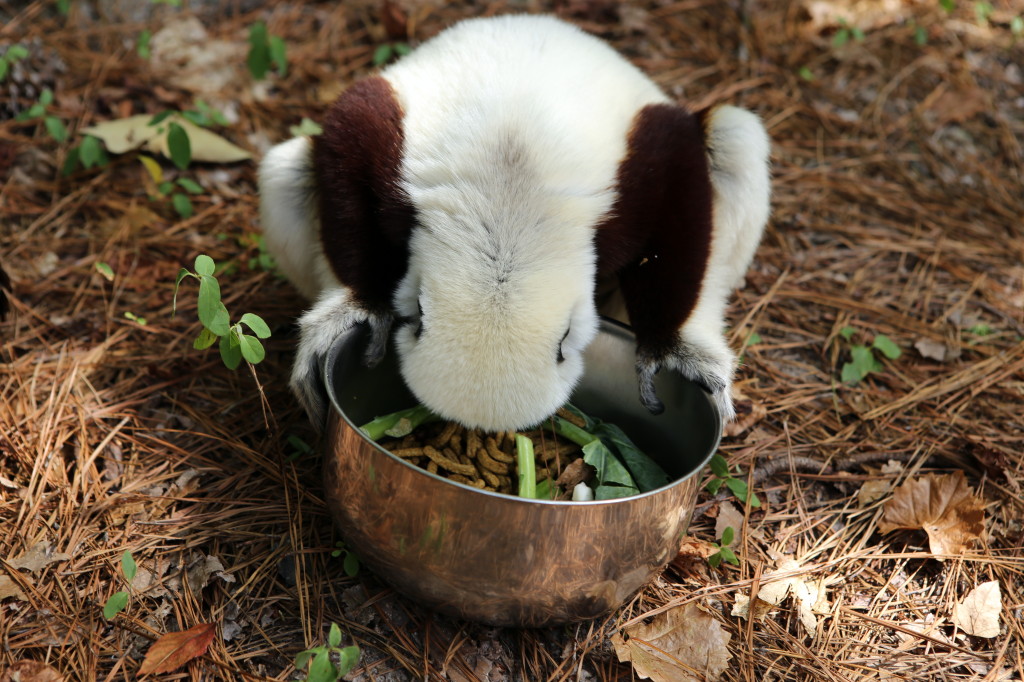 Well, some of the hungrier ones just put their faces in the bowls. Manners are overrated.
Well, some of the hungrier ones just put their faces in the bowls. Manners are overrated.
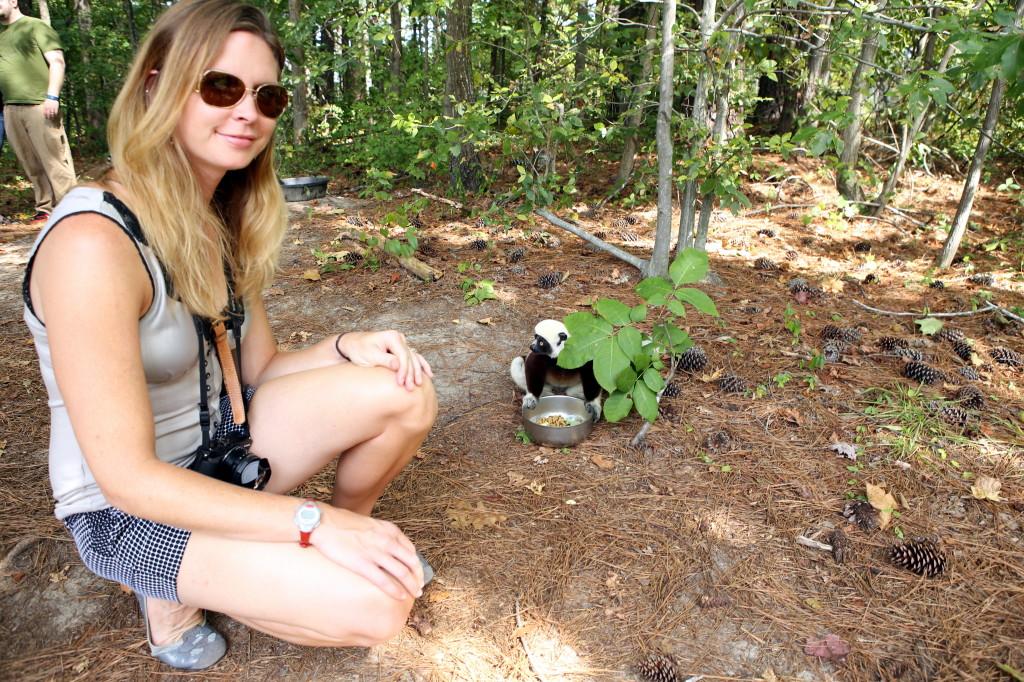 Unlike some of the tours that showcase lemurs that live inside cages, the Walking with Lemurs tour lets you get up-close and personal with the little guys. They’re incredibly used to humans, so as long as you don’t touch them, you’ll be just fine.
Unlike some of the tours that showcase lemurs that live inside cages, the Walking with Lemurs tour lets you get up-close and personal with the little guys. They’re incredibly used to humans, so as long as you don’t touch them, you’ll be just fine.
It was fascinating just to hang out and observe the lemurs here…eating, climbing, drinking water, and just stretching out their legs.
 However, there are several other kinds of lemurs that live at the center, including nocturnal ones that live inside a dark building in another part of the woods.
However, there are several other kinds of lemurs that live at the center, including nocturnal ones that live inside a dark building in another part of the woods.
Our guide ushered us inside, pulled open the blinds to their enclosures, and flipped on some dim red lights. They were a little hard to spot, but grey mouse lemurs, pygmy slow loris, and aye ayes were lurking about and lemur-ing around in here.
 The tour was only an hour, and I wish I would have had a little more time to hang out with the lemurs, but I still had a blast on the tour. Having us around didn’t really seem to faze the lemurs, and I like to think they enjoyed the company.
The tour was only an hour, and I wish I would have had a little more time to hang out with the lemurs, but I still had a blast on the tour. Having us around didn’t really seem to faze the lemurs, and I like to think they enjoyed the company.
These lemurs were so playful and friendly, and it’s really impossible not to smile and laugh when they’re running and climbing around you. I’m not sure if or when I’ll ever make it Madagascar, but only seeing lemurs in the wild over there would top this experience. What an adventure that would be!
So next time you’re planning to pass through the Raleigh/Durham area, consider giving the Duke Lemur Center a call to see if you can join a tour and start your day off with a dose of lemur shenanigans.
And since this is the time of year we’re all racking our brains for gift ideas, there’s an “Adopt a Lemur” program at the center that makes for thoughtful eco-friendly gifts. I made a donation last Christmas and my gift recipient received a really nicely presented “I Care” package with a certificate, photo, animal fact sheet, and window cling. And in my book, helping feed a lemur sure beats getting another unnecessary pair of socks.
—
And in other primate travel news, don’t miss:

